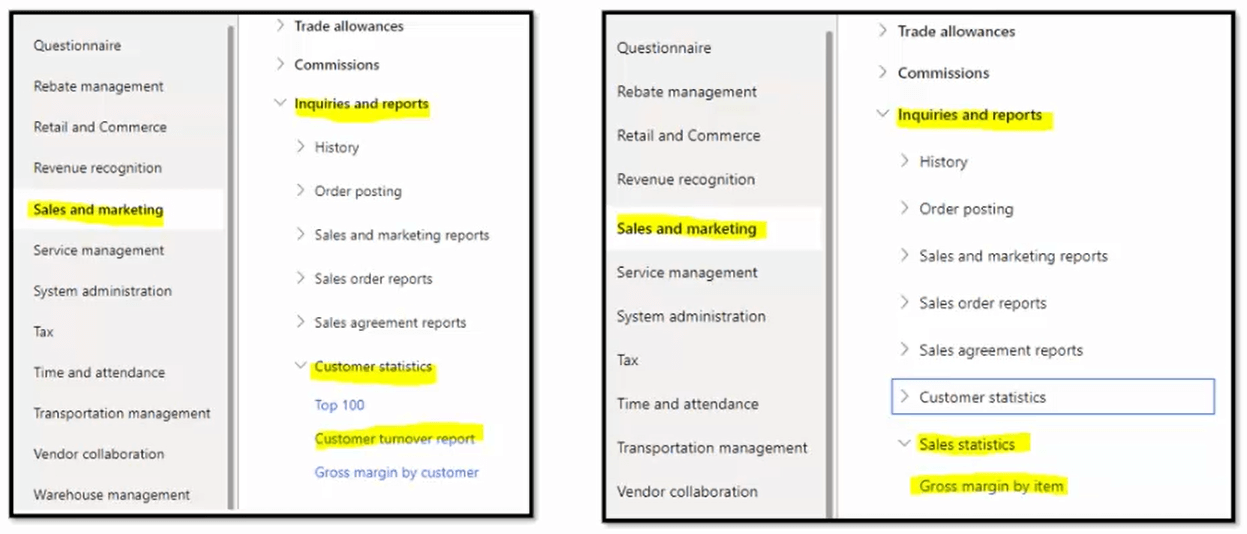Why Data Quality matters and How BI4Dynamics Addresses it?
The success or failure of a Business Intelligence (BI) project hinges on one crucial factor: Data Quality. To ensure accurate data is used, BI4Dynamics provides a Data Validation process during the Proof of Concept phase (PoC).
Firstly, how BI4Dynamics performs Data Validation?
From BI4Dynamics, you would get one Excel report for each application area. In this example the Sales report. On the frst page this will give an exact instruction on which report you have to run before you go to the next phase. This is important because there are many reports and you have to know exactly which reports you have to run. The reason is behind that we can only compare standard BI with a standard ERP. We cannot compare customized reports, because we do not have customizations in BI yet.

Which Reports to Run?
It’s crucial to run the correct reports, as using the wrong ones can lead to inaccurate results. Running such reports in Dynamics can take a long time (0,5 – 1 hour) for running 1.000 pages – even in the background. But then at the end of the report you take a screenshot of the totals and paste it into Excel where the results are available instantly. After that we visually compare these two numbers and if the numbers match, then we can confirm that this phase of report is validated.

At all times we should take some safety distance, especially if the Dynamics is running live. Why? Because BI is not live. That is why we take a safety distance of backdating. That can be one week, one month or 3 months which depends on how intensive the ERP is being used in order to have the same data period in both systems.
Important aspect of data validation
Now a very important aspect is also understanding that BI offers you integrated data. The data in Dynamics are coming also from one application area into several transactional tables. So there is one transactional table for items, another for Free Text Invoices. BI is capable of integrating all transactional tables and offers it as one measure. This can be then analyzed by different dimensions like customer, item, location and so on.
This is something new for an ERP user because they are used to having only one transactional table in one report.
After we are done with one application area, we follow on with the other application areas and in about two hours time we are done with the validation.
In conclusion, Data Validation is critical to the success of any BI project.
By using BI4Dynamics the project team can work confidently with the right data and achieve a successful outcome.
To learn more about BI4Dynamics and Data Quality see the full Youtube video:


